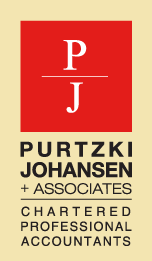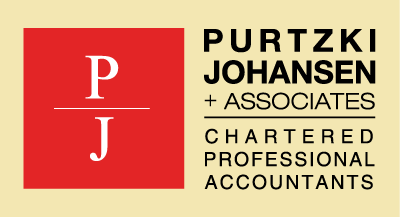It is never too early to begin to prepare for the eventual sale of your practice.
Begin straight away by ensuring you have the full $848,000 entitlement of capital gains exemption available to you when the time comes. If you expect the sales price to exceed your limit, you can multiply the exemption by adding family members as shareholders. Otherwise, you could end up with a huge unanticipated tax bill.
This happened to one dentist who learned the hard way what it means when the exemption runs out. When selling his practice, he found out his capital gains exemption was only $400,000, about $450,000 short of the maximum. He had forgotten when he sold his previous practice 20 years earlier, he had claimed a substantial part of his exemption. He also did not act on his accountant’s advice to add his spouse as a shareholder. He ended up paying personal tax of about $200,000 on the $1.2 million sale, a tax he could have completely avoided with some advance planning.
Although you can no longer use a family trust to split income, it comes in handy when you sell your practice, because every trust beneficiary is entitled to the full capital gains exemption.
To access this capital exemption, the shares must be Qualifying Small Business Shares and meet the following three conditions.
- At the time of sale, 90 per cent of the fair market value of the corporate assets must be used in an active practice.
- During the 24 months prior to the sale of the shares, 50 per cent of the fair market value of the corporation’s assets must have been used in an active business.
- You must have owned the shares 24 months prior to the sale.
The 90 per cent test is the toughest to meet. It means that at the time of sale, your non-practice assets (i.e. investments) cannot exceed 10 per cent of the total value of dental corporation assets. If you find that you have excess investments, then you can employ some defensive strategies to remove these investment assets ahead of time without income tax consequences. This step is called “purification” in accounting lingo.



